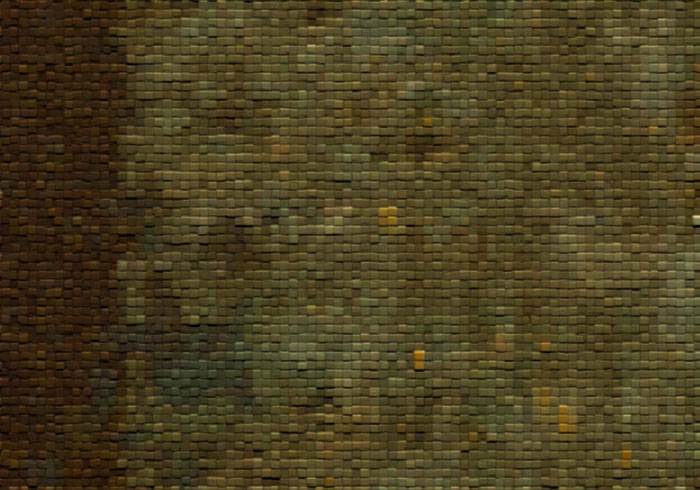



The center of the Greek world in ancient times is the Aegean Sea. Although culturally diverse the Mediterranean can be considered a geographical unit. The most distinctive feature of it is its seasonal variation in rainfall. Summer rainfall is limited and the weather in the northern Mediterranean is warm. In the winter, the winds shift and bring more rainfall. The average summer rainfall is 6-10". In the winter it is 20". The winter is the growing season in the Greek world.
The topography of the Greek world is marked by broken lands. It was created by a land uplift where rising and falling continues today. Active volcanoes still exist in the lower Balkans and earthquakes are still common. Because of this ragged terrain, only about 20 percent of the area of mainland Greece is agriculturally useful. Mountains are not high – Olympus is only about 10,000 feet. The soil is high in limestone content which makes agriculture difficult.

The hilltops are covered with scrubs which are useful for grazing sheep and goats and for burning to make charcoal. Mineral Resources are somewhat more dependable than the agricultural resources. Several sites near rivers yield a high quality clay for pottery, a very important resource in the ancient world. There are also some metal ores near Athens, especially silver, and iron is found near Sparta.
Early Bronze Age cultures began on Crete about 3000 B.C. These cultures flourished on the island and grew. By about 2200 B.C. a very high civilization had developed. This culture is called Minoan. Cities began to appear on Crete at about this time. The largest and most important of these cities was Knossos. A large palace was begun here in about 2000 B.C. The palace was built around a large courtyard with two limestone towers. Additions were added to this structure, as was indoor plumbing.
Although the Greek mainland had been settled from about 6000 B.C. onward, I am going to begin this lecture with the first Bronze Age culture which had a written language – the Mycenaeans. The Mycenaean culture takes its name from the first site from that civilization to be unearthed in modern times. The city of Mycenae was excavated in 1876 by Heindrich Schliemann.
Bronze Age Mycenae was built on a hilltop. It was continuously occupied and improved upon from about 2000 B.C. until 1200 B.C. It was a walled fortress with a large palace and some smaller buildings inside the walls. Unlike Knossos, the Minoan city on the island of Crete, Mycenae was never a city. most of the populace lived in outlying agricultural villages and worked the land. Mycenae was built to house and protect the king – wanax – and his administrators and craftsmen. It was a heavily fortified center of government. Adjacent to the fortress was a cemetery where many beautiful artifacts were uncovered.




